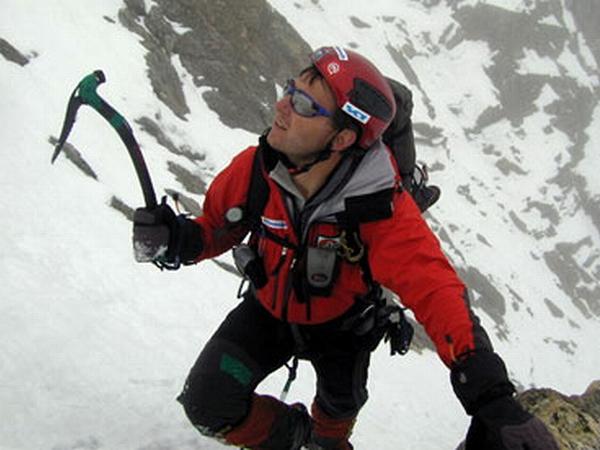
Tomaž Humar prided himself on being a different kind of mountain climber. His daring approach made him one of Slovenia’s most honored mountaineers – but it also ultimately cost him his life.
Born in the Slovenian capital of Ljubljana in 1969, Tomaž Humar grew up under the snow-capped Kamnik-Savinja Alps, and despite the objections from his father, soon developed into an exceptional mountaineer. Always irreverent, he eventually became famous for his daring solo ascents in the tradition of the great South Tyrolean mountaineer Rheinhold Messner – a man who spoke fondly Humar and his achievements.
During his career, Humar completed more than a thousand ascents, pioneered several challenging new routes, and received a number of awards for his skills. Among them was the prestigious Piolet D’Or (“Golden Ice-Axe”) Award, which he received in 1996. Unlike many other climbers, Humar enjoyed appearing in the media and even authored a book about his experiences in the mountains.
Humar wasn’t afraid to tackle even mountains with exceptionally high fatality rates, such as the infamous Dhaulagiri in the Himalayas, which he managed to climb in a solo ascent.
While making a highly publicized ascent in 2005, avalanches left him stranded on Nanga Prabat. He had to be rescued by Pakistani soldiers, who found him in an ice cave – shivering but alive. Upon his return to Slovenia, Humar was stung by accusations that he spent too much time courting publicity. From then on, he tended to avoid media attention, but he returned to the world’s highest peaks.
In November 2009, Humar set on another challenging solo climb, this time to Langtang Lirung in the Himalayas. His ascent, which had not been publicized at all, was a success, but something went very wrong on his way down the mountain. Crews in the valley received a crackly radio message from Humar pleading for help; he informed that that he had broken his back, his ribs, and his leg.
A helicopter crew with a Swiss rescue team headed towards the area, but the mission had to be called off because of snow, long clouds, and high winds. For days, television and radio audiences Slovenia waited for news about their country’s most well-known mountaineer.
On November 14, the weather finally improved and after a search that lasted several hours, the crew finally located Humar. He had died during the storm – not long after he had made his desperate radio call for help.
Humar’s body never made it back to Slovenia. One of Slovenia’s greatest mountaineering legends was buried in a Buddhist ceremony in Nepal, under the mountains that had fascinated him all his life.

































































